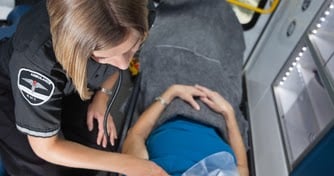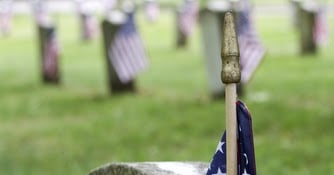Clinicians have searched with mixed success for interventions shortly after trauma occurs to...
Subsyndromal PTSD Common in Cops After 9/11
A policeman’s lot may not be a happy one after a disaster, but proper screening and good training kept rates of PTSD among New York officers down to 5.4 percent in the months after the terrorist attacks of September 11, 2001.
“However, the rate of subsyndromal PTSD was nearly three times greater (15.4 percent), suggesting that 1 in 5 police exposed to [World Trade Center] rescue and recovery work may have clinically significant WTC-related PTSD symptoms,” said lead investigator Robert Pietrzak, Ph.D., M.P.H., of the National Center for Posttraumatic Stress Disorder and the Department of Psychiatry at Yale University, and colleagues. They reported their findings in the July Journal of Psychiatric Research.
Subsyndromal PTSD is not usually evaluated during screenings, but in this study was associated with higher rates of other psychiatric problems (such as depression, panic disorder, or alcohol misuse) and with a police officer’s desire for mental health services.
Pietrzak suggested that current screening protocols are incomplete. "
These findings underscore the importance of screening, monitoring, and possibly treating disaster responders with subsyndromal PTSD,” he concluded.
For coverage of research on the psychiatric outcomes of the 2001 attacks, see Psychiatric News here. To read the latest research and clinical information on posttraumatic stress disorder, see American Psychiatric Publishing's Clinical Manual for Management of PTSD.
(Image: Anthony Correia/Shutterstock.com)






